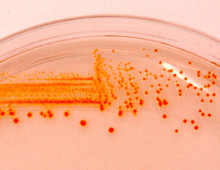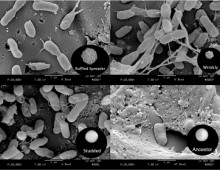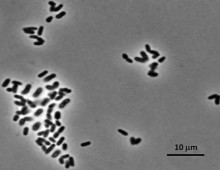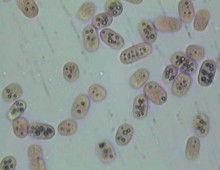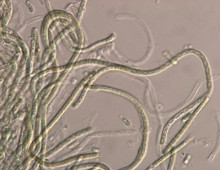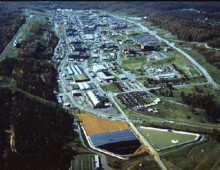Why sequence radiation-resistant bacterium Deinococcus grandis?
A fifth of the United States’ electricity is generated from nuclear power, which can also be used for medical procedures and other applications. The radioactive waste generated by nuclear reactors, hospitals and universities need to be disposed of in specially selected sites. Deinococcus bacteria have the capacity to add electrons to a variety of metals,… [Read More]

